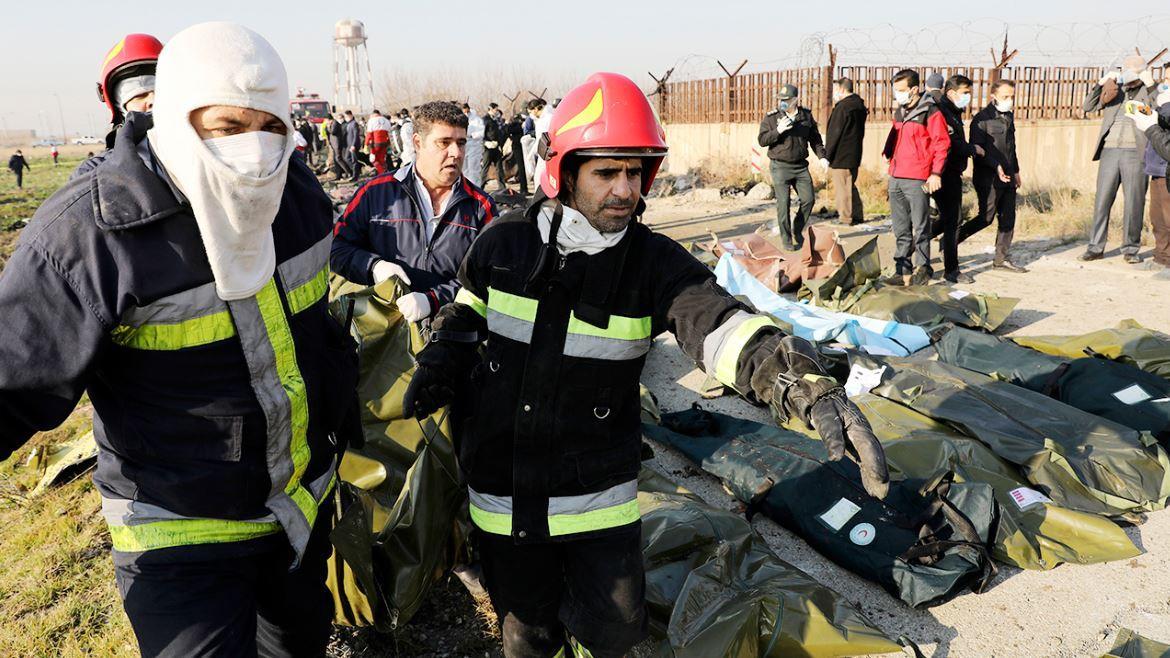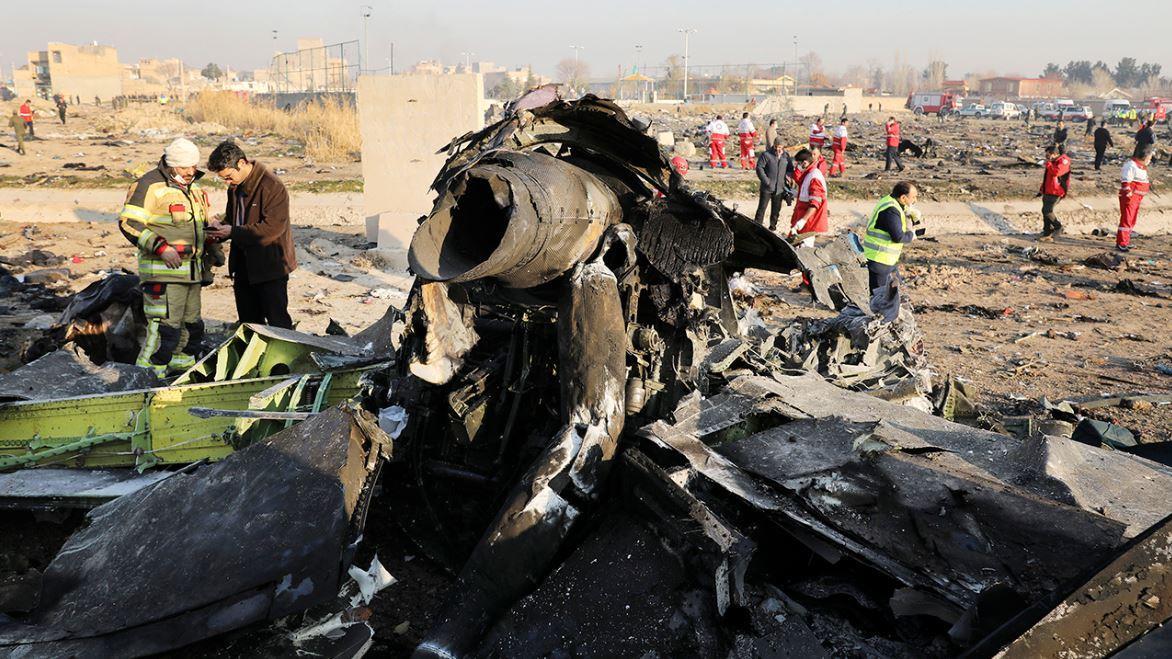US officials believe Ukraine airliner shot down by Iran
All 176 people on board perished
U.S. officials said Thursday they believe the Ukrainian airliner that crashed earlier this week was mistakenly shot down by the Iranian military with a Russian-made surface-to-air missile, Fox News confirmed.
The crew of a Ukraine International Airlines Boeing 737-800 that crashed in Iran, killing all 176 people on board, never made a radio call for help and were trying to turn back to the airport when their burning plane went down, an initial Iranian investigative report said Thursday. Ukraine, meanwhile, said it considered a missile strike as one of several possible theories for the crash, despite Iran's denials.
GET FOX BUSINESS ON THE GO BY CLICKING HERE
Boeing stock, hammered the day after the crash by fresh scrutiny of its 737 airliners -- whose newest and best-selling variants have been grounded since March 2019, surged 1.8 percent after the assessment was disclosed.
The Iranian report suggests that a sudden emergency struck the Boeing 737 operated by Ukrainian International Airlines early on Wednesday morning, when it crashed, just minutes after taking off from Imam Khomeini International Airport in Tehran.
BOEING STOCK TUMBLES AFTER 737 CRASHES IN IRAN
Investigators from Iran's Civil Aviation Organization offered no immediate explanation for the disaster, however. Iranian officials initially blamed a technical malfunction for the crash, a theory backed by Ukrainian officials before they refused to speculate because the investigation isn't complete.
Ukraine International said the downed jetliner was built in 2016 and delivered directly to the carrier; its last scheduled maintenance was conducted on Monday, Jan. 6.
Stocks In This Article:
The 737-800 was part of the "next generation" of Boeing's widely flown single-aisle airliner, introduced in the 1990s to update a model that began commercial flights in 1967.
The Max is the newest version of that plane, designed when jet fuel prices were spiking in the last decade to be more fuel-efficient than its predecessors. Deliveries of the planes didn't start until mid-2017, and only about 70 were flown by U.S. carriers when they were grounded after the crashes in Ethiopia and Indonesia.
The Associated Press contributed to this article.





















